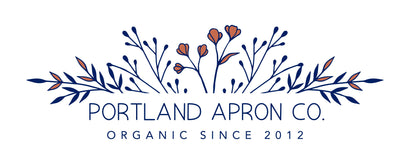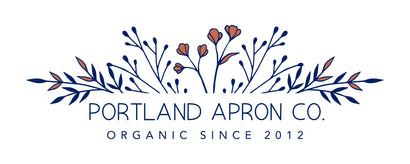Your Cart is Empty
Menu

June is National Pollinators Month
June 15, 2022 2 min read
What do bees, birds, bats, butterflies, moths, wasps, flies, and beetles have in common? They’re all pollinators! Pollination happens when pollen from a flower is transferred to another flower by a pollinator (listed above), resulting in fruits, seeds, and young plants. We wouldn’t be able to enjoy that warm cup of coffee in the morning, that crunchy apple for breakfast, wear our cotton shirts, or even enjoy a margarita (hey, tequila comes from the agave plant!) if it weren’t for pollinators.
June is National Pollinators Month, and my hope is to get the word out as much as possible about the importance of pollinators in our daily lives. Life as we know it would literally change without them (let’s be honest, it would cease to exist). Without pollinators we wouldn’t have plants, and without plants we wouldn’t have clean air, soil, and water. And without clean air, soil, and water…well, that sounds pretty grim.
While most pollinators do their pollination because they are eating nectar for energy (like bees, butterflies, and hummingbirds) others pollenate for reasons beyond food, such as seeking out a mate, or looking for a bathroom (hi beetles). It’s a closely knit ecosystem that requires all hands on deck. Unfortunately, there is an alarming decline in pollinator populations throughout the world. Excessive use of pesticides, habitat loss, and a changing climate is taking its toll.
How can you help our pollinators out? There are many ways:
Help create a natural pollinator habitat in your garden by planting things that are diverse nectar providers. Your local nursery should be able to show you which plants are best for your region. Some nurseries even have a “native plants” section.
Buy and eat local honey from a beekeeper in your area. This not only supports your local community and bee colonies, it makes for a delicious treat that can help with seasonal allergies if you have them.
Don’t spray your garden with pesticides like round up. Yes, it’s easier and faster to spray weeds, but it’s also poisonous! And if you must use sprays, try to use them in the evening after (most) pollinators have gone to bed (bats and moths do come out at night).
On that note, if you are a person that isn’t bothered by weeds (such as dandelions) let them grow! They might be weeds to us, but they are food to pollinators.
Create a tunnel space for Mason Bees. While they do not produce honey, they have mad pollination skills and come out in early Spring to get things going (sometimes as early as February).
Fun facts:
Every Spring, Monarch butterflies migrate North from Mexico to follow the growth of milkweed. They can travel up to 30 miles per day, and fly back to Mexico in Fall at the end of the season.
Do you know how bees find a patch of flowers? The scout bee goes out in search of them. He returns to the hive and communicates with a dance to inform other bees about the distance and direction of a newly discovered flower patch. Who needs words when you’ve got the moves!
Thanks for reading, I hope you enjoyed it.
Leave a comment
Comments will be approved before showing up.
Subscribe
Sign up to get the latest on sales, new releases and more …
